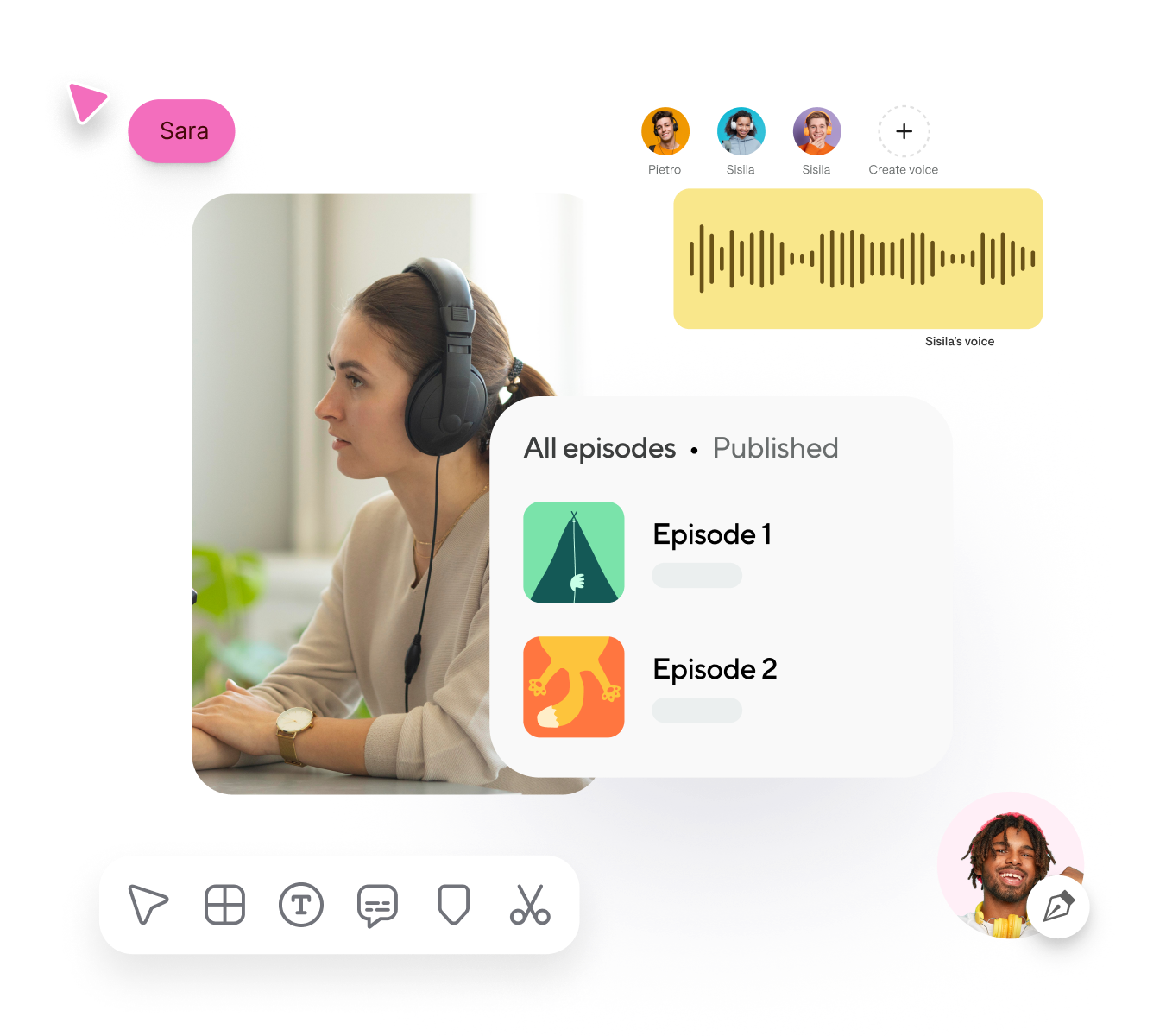Filler words are small, seemingly unnecessary words or sounds people use in conversation to fill pauses or give themselves a moment to think. Common examples include "um," "uh," "like," "you know," "so," and "actually." These words don’t add significant meaning to a sentence but serve to keep the conversation flowing, buy time, or signal that the speaker hasn't finished their thought. Although they’re common in casual speech, overusing fillers can make someone’s speech seem less confident or less polished, especially in formal settings.
How can I remove umms and ahhs from an audio recording?
To remove "umms" and "ahhs" from an audio recording, you can use editing software like Podcastle, which offers tools specifically designed for this purpose. Podcastle’s AI-powered “Filler Word Removal” feature automatically detects and removes common filler words, making the process quick and efficient without needing to manually edit each instance. Simply upload your audio file, enable the filler word removal feature, and review the output to ensure natural flow. This method is especially useful for creating polished podcasts, interviews, or presentations.
How to stop using filler words?
To reduce filler words, start by slowing down your speech and practicing mindful pauses, which give you time to think without filling space with "um" or "like." Recording yourself can help you identify where you tend to use these fillers, allowing you to work on replacing them with silent pauses. Another technique is to prepare talking points or practice with a friend who can gently point out your fillers. If you're recording audio, AI-powered editing tools like Podcastle can also help by automatically detecting and removing filler words from the final recording, giving a cleaner, more professional result without needing to edit each instance manually.
How does removing filler words with Descript compare to Podcastle?
Both Descript and Podcastle offer tools to automatically remove filler words from audio recordings, but they differ slightly in functionality and user experience. Descript's filler word removal tool integrates with its transcription and editing features, allowing users to edit audio by modifying the transcript directly. Podcastle, allows for more for quick, streamlined editing, making it ideal for users looking for a fast, efficient way to polish recordings with minimal manual intervention.
What is AI audio editing?
AI audio editing is the use of artificial intelligence to automate and enhance various tasks in audio production. AI can analyze and edit audio files for tasks such as removing background noise, adjusting volume levels, improving clarity, and even removing filler words like “um” and “ah.” AI audio editors can also identify and remove long silences, align audio tracks, and sometimes even mimic a speaker’s voice for corrections or additions. This technology streamlines the editing process, saving time and effort for podcasters, musicians, and content creators who want polished audio without extensive manual editing.





